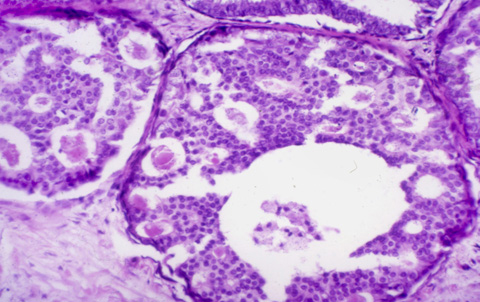
Autor del resumen:Dra. Mª Dolors Sabadell
Autor de la publicación:Shi-Yi Wang, Haitao Chu, Tatyana Shamliyan, Hawre Jalal, Karen M. Kuntz, Robert L. Kane, Beth A. Virnig
Nombre de la publicación:J Natl Cancer Inst
Fecha de la publicación:02/04/2012
